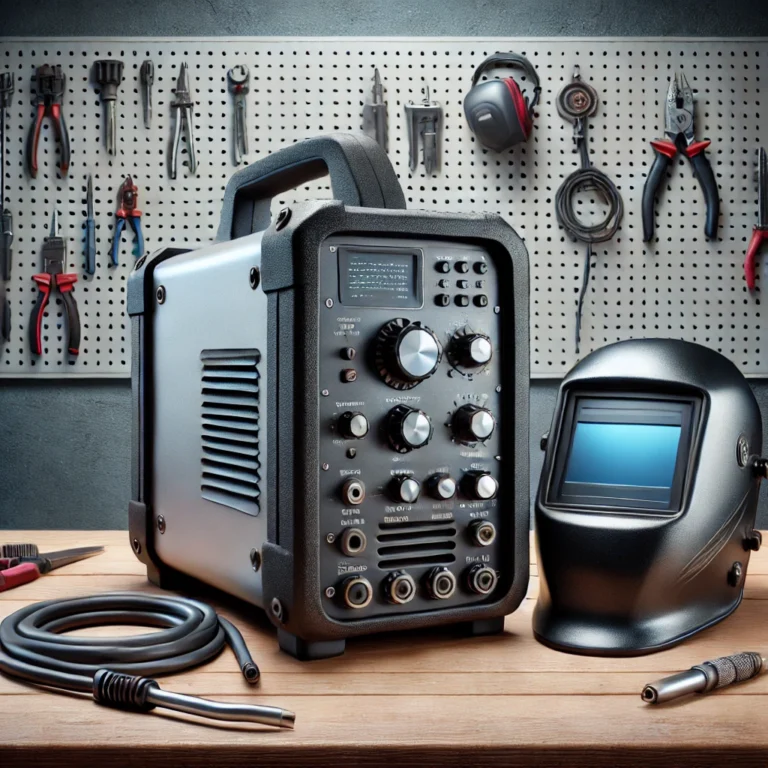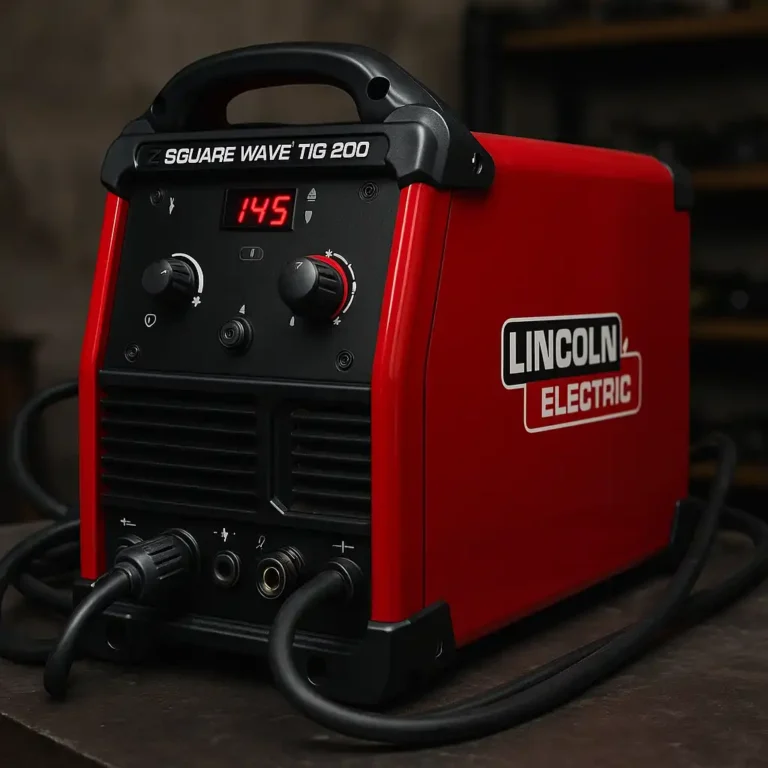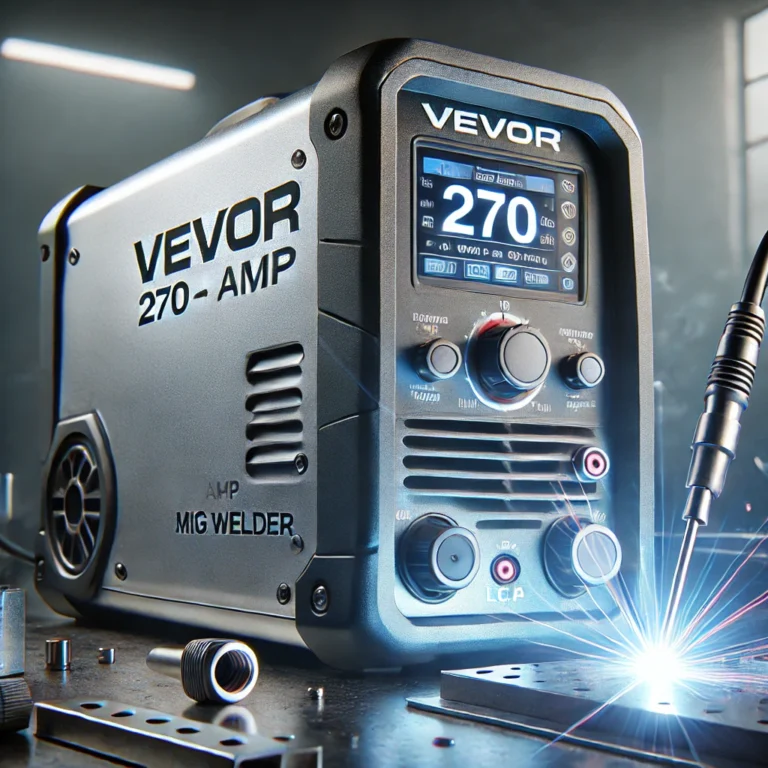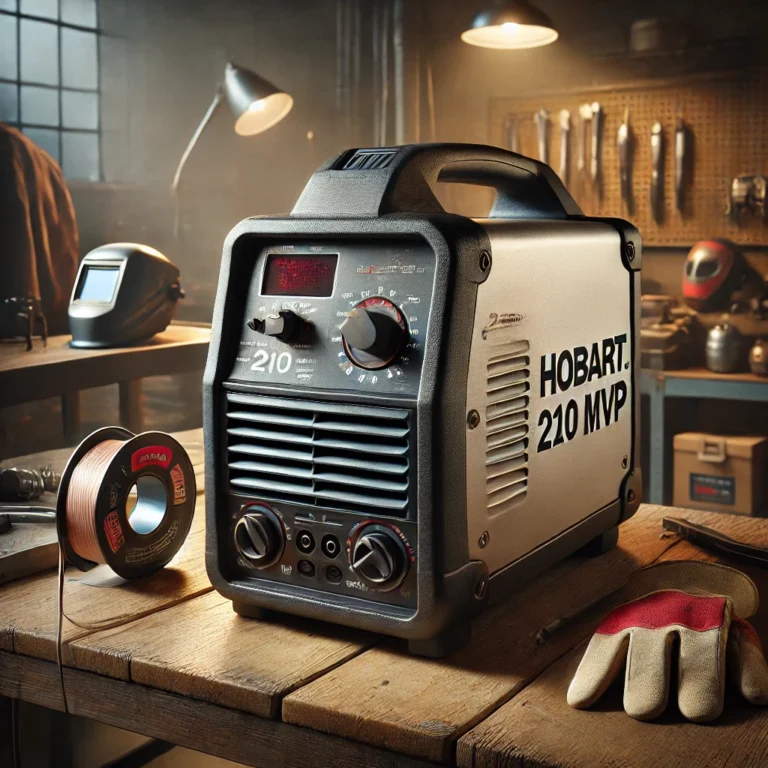Best Welding Inverter Machine: Power Meets Portability
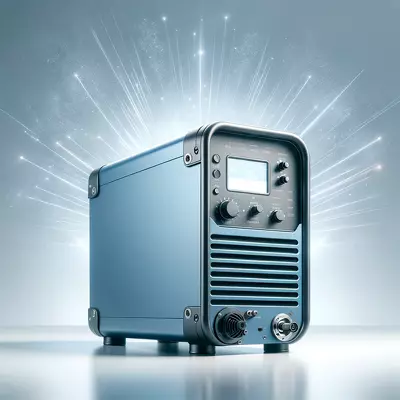
Disclosure: This post contains affiliate links. As an Amazon Associate, I earn from qualifying purchases—at no extra cost to you.
Choosing the right welding inverter machine can make the difference between a job well done and one filled with frustration. Inverter welders are known for their lightweight design, energy efficiency, and ability to deliver smooth, stable arcs. But with so many models out there, which one gives you the most bang for your buck? Let’s dive into the world of inverter welding machines and find out which ones rise above the rest.
What Makes a Great Welding Inverter Machine?
At its core, a welding inverter converts AC power into a lower usable voltage, then back to high-frequency AC or DC output for welding. This technology gives inverter machines several key advantages over traditional transformer welders:
- Portability – They’re lighter and easier to move around job sites.
- Efficiency – They consume less power and deliver consistent output.
- Precision – Ideal for welding a range of metals with excellent arc control.
A great inverter welder should strike the perfect balance between performance, features, durability, and price.
Weldpro 200A TIG Welding Machine AC/DC with Pulse Review
This Weldpro TIG machine is a beast in a compact package. With 200A output and AC/DC pulse capability, it tackles aluminum, stainless steel, and mild steel with ease. It comes with a CK 17 Superflex torch, which gives added flexibility in tight welding spots.
What’s great is the dual-voltage capability (110V/220V), making it perfect for both home shops and pro garages. The digital display and intuitive controls help both seasoned welders and beginners dial in perfect settings for precision work.
Lincoln Electric FC90 Flux Core Welder Review
For those looking for a solid beginner-friendly option, Lincoln’s FC90 is a portable powerhouse. This little guy runs on 120V and is designed for flux core wire welding—no shielding gas needed.
It’s compact and built for light-duty projects like car repairs, small fabrications, or on-the-go fixes. Don’t let the size fool you—it punches above its weight with impressive arc stability and user-friendly operation.
YESWELDER Stick Welder 205Amp Review
Stick welding meets inverter tech with YESWELDER’s 205Amp MMA ARC machine. Designed for dual voltage operation, it features a large LED screen, hot start, arc force, and VRD (voltage reduction device)—making it safe and smart for all experience levels.
If you’re looking to do heavy-duty work with 6010 or 7018 rods, this unit won’t disappoint. It’s a standout choice for hobbyists and pros alike looking for a reliable stick welder that’s easy to transport.
Conclusion: Which One Should You Choose?
Your choice depends on your needs:
- Go with the Weldpro if you want full-feature TIG and AC/DC flexibility.
- Choose the Lincoln FC90 for portability and quick repairs with flux core wire.
- Pick the YESWELDER 205Amp if you prefer stick welding and want max amperage at a great price.
Each machine on this list offers excellent value and capability. Whether you’re working in your garage or tackling a job site task, a good inverter welder will serve you well for years to come.

